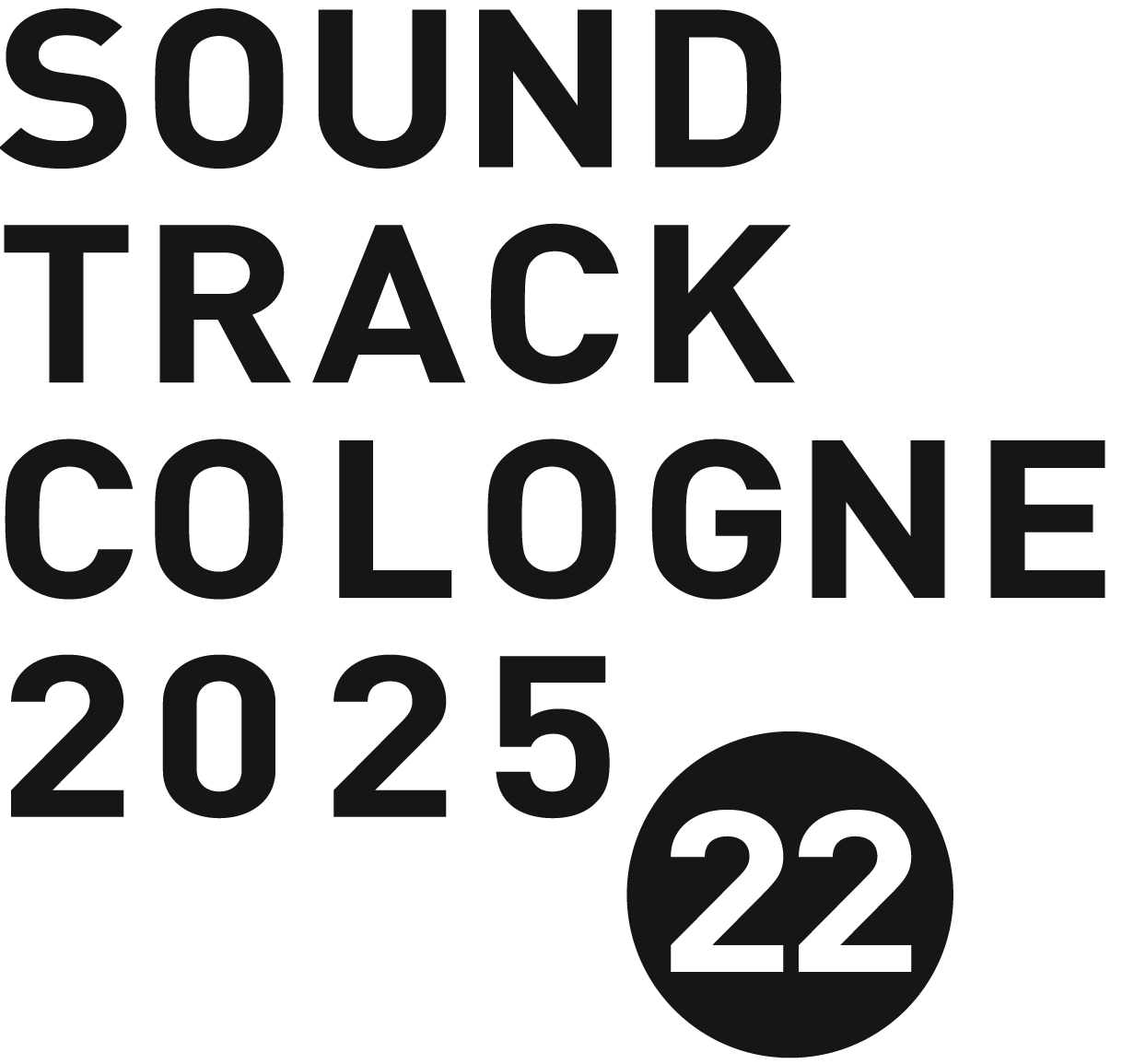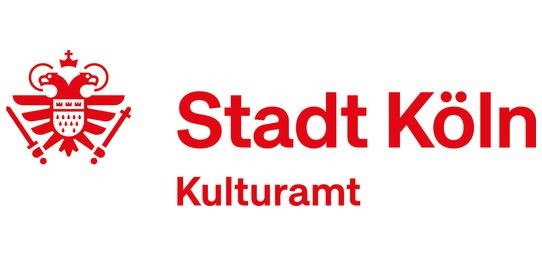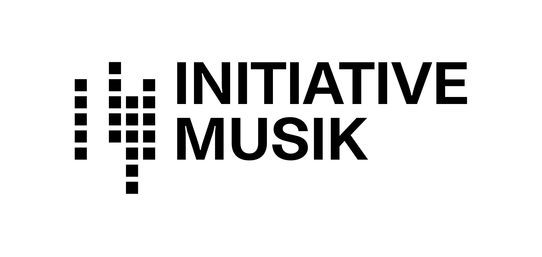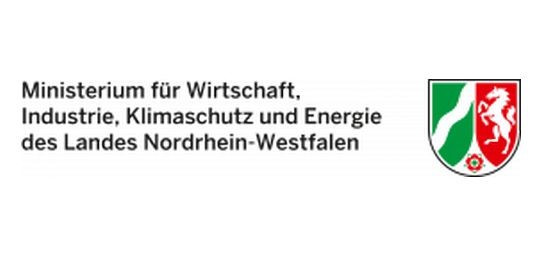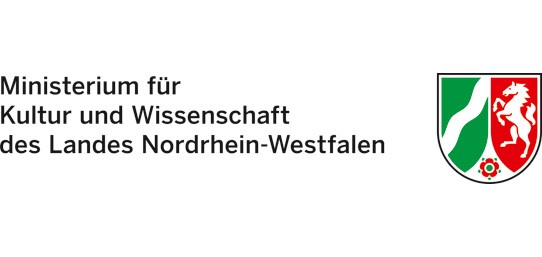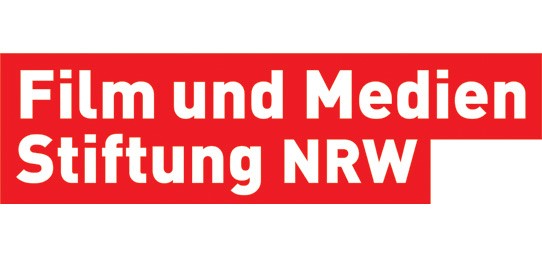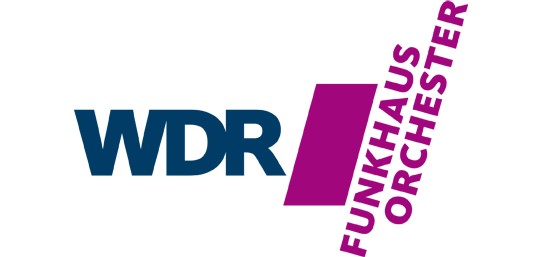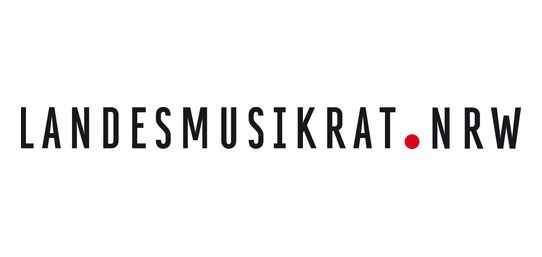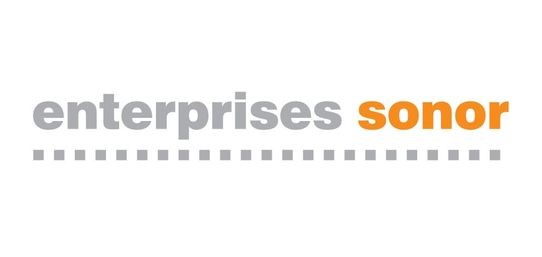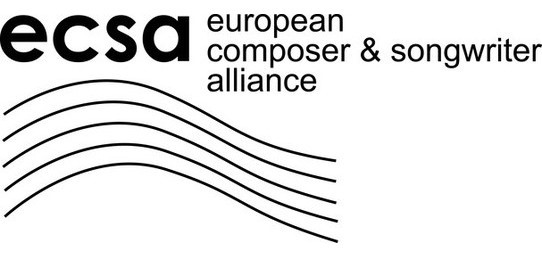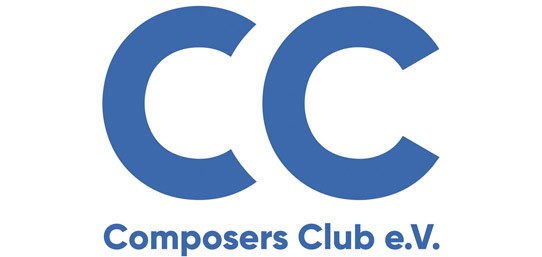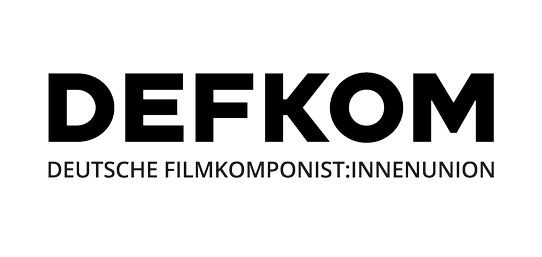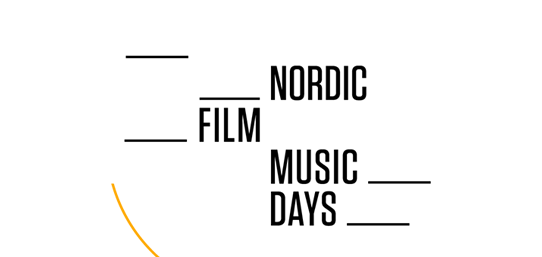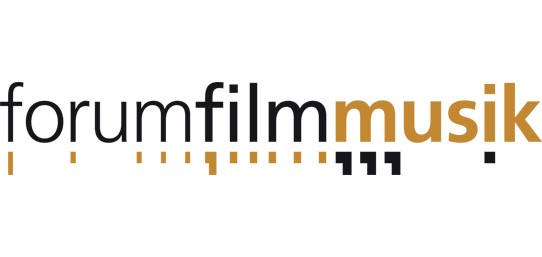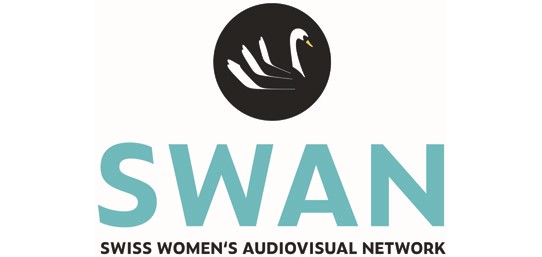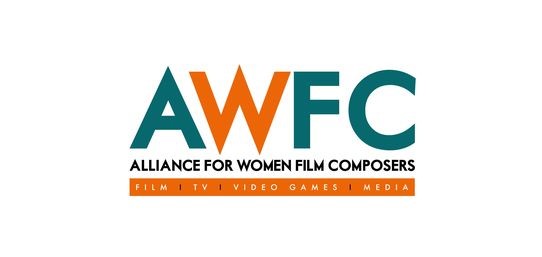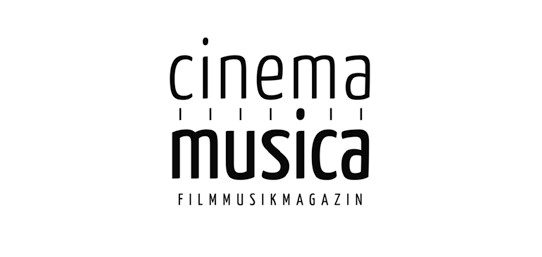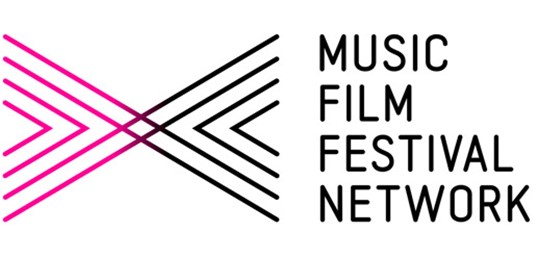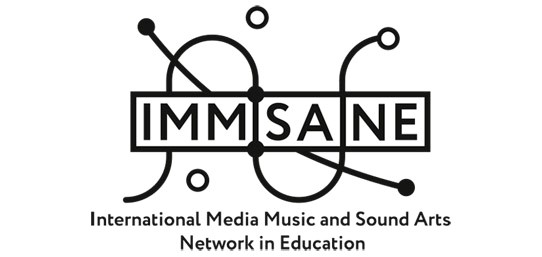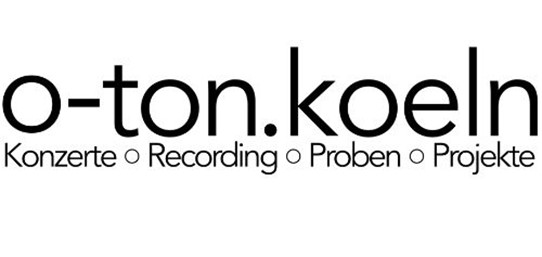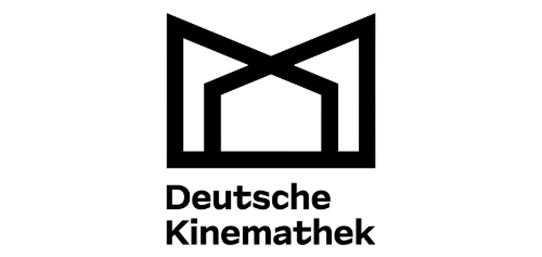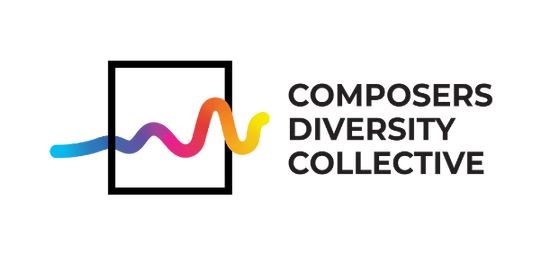The Film Music of Buddenbrooks
Statement from Marco Brosolo:
In developing the music for the Buddenbrooks, I tried to maintain my own style while also drawing inspiration from the music of the era in which the film is set, the 1920s. All of this was then arranged for a live ensemble of four multi-instrumentalists.
Since the film is relatively conventional, I sought an acoustic-compositional correspondence between images and sounds. I not only favored muted tones with analog filters, but also attempted to identify atonal harmonic forms, even within popular compositions of the early 20th century (e.g., Otto Reutter), as a way of approaching dodecaphony (microtonality/clusters), which can be highly effective in cinematic scoring.
Artists such as Angelo Badalamenti, Moondog, John Carpenter, Terry Riley, and Einstürzende Neubauten on the one hand, and Luigi Russolo, Oskar Sala, Arnold Schoenberg, and Anton Webern on the other, served as sources of inspiration.
Certain instruments influenced my work due to their unique characteristics: the intonarumori, the Trautonium, the Theremin, the sequencer, and the sampler. I also took into account the orchestrations of Giuseppe Becce, to whom I often referred for timbral choices. On top of that, I tried to incorporate elements of digital electronics: wavetable synthesis and granular synthesis.
For the percussion parts and concrete sounds, I used gongs and various metals, while drums of different kinds proved essential in highlighting dramatic and dynamic peaks in the story.
The rhythms, often orchestrated into strange polyrhythms, exist in a tension between shuffle and straight patterns à la Kraftwerk, between human performance and robotic precision.
The composition work was done primarily on a "felted" piano (muted with felt), and for the arrangements, I aimed to carry the dark and mysterious character of the felted piano over into the entire orchestration. The pieces are designed to be performed by an ensemble of four musicians, all of whom are multi-instrumentalists.
The musical material stylistically spans krautrock, serial music, electronic music, new music, musique concrète, jazz, avant-garde pop, minimalism, and ambient.
GET YOUR CONCERT TICKET
